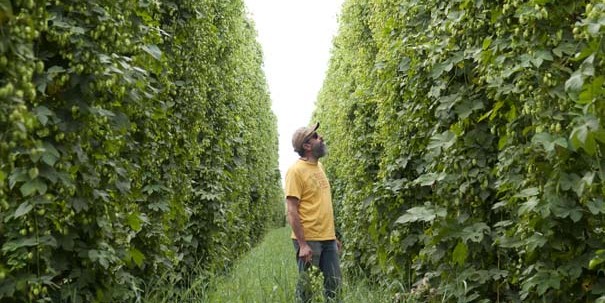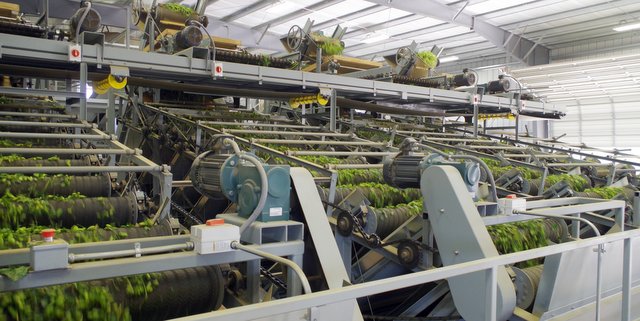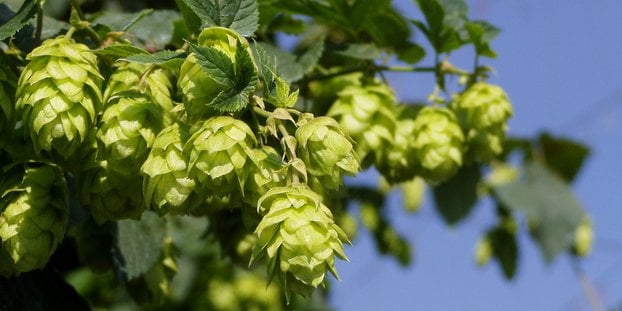
Data and opinions of industry leaders indicate the United States has hit a saturation point with hop production coming in at 104 million pounds for the Pacific Northwest — a new record. The annual Statistical Report from Hop Growers of America was released today, revealing data compiled on 2017 harvest for all U.S. acres. Data focuses on the three main Pacific Northwest producing states — Washington, Oregon and Idaho — and 26 additional states outside of the Pacific Northwest (which is only approximately 2 percent of the U.S. production).
In addition to featuring USDA National Agricultural Statistics Service (NASS) data, the reports focuses on: acreage; production; yields; average season price; trends in aroma and alpha acreage and their corresponding yields; world alpha production and demand; craft and overall favorite varieties; and other industry trends. Notable findings of the data include:
- U.S. hop acreage has increased 79.5 percent since 2012; production has increased by 77 percent.
- For the first time, Idaho has surpassed Oregon in production to become the second-highest hop producing state at 13.2 percent. Washington and Oregon were at 75.4 and 11.4 percent, respectively.
- The alpha to aroma/dual purpose hops ratio has shifted from approximately 50/50 in 2012 to 80/20 in 2017.
- Increase in customer demand for aromas has meant an increase in production costs for farms, increasing infrastructure and capacities.
- The yields for 2017 jumped up 14 percent from 2016 thanks to maturing “baby” (newly planted) hops and more favorable weather conditions.

While global hop demand appears to be on the rise thanks to burgeoning international craft beer cultures, many industry leaders cautioned against additional acreage being added in the United States for the 2018 crop. All key indicators suggest current aroma hop demand has largely been satisfied by the unprecedented expansion of U.S. acreage in recent years.
Conversely, many reports also indicate current global alpha inventories are insufficient for market demands as the global brewing industry has finally worked through decade-long surpluses, which had perpetually depressed the alpha market since 2009. However, the alpha deficit is expected to be satisfied in the near term with the impending transition of certain excess aroma acres back to alpha in the United States as well as the recent additions of significant alpha acreage in Germany of the Herkules variety.

Industry leaders also encouraged brewers to continue contracting for forecasted hop needs but advised to do so cautiously and pragmatically given the unpredictability of craft consumer demand and the recent slowdown of craft volume growth.
The Stat Pack itself consists of data from USDA-NASS, HGA, the International Hop Growers Convention and other industry and government sources. This report is awesome but also a stat overload. Proceed with caution. View the 2017 Stat Pack right here.





Leave a Reply
You must be logged in to post a comment.